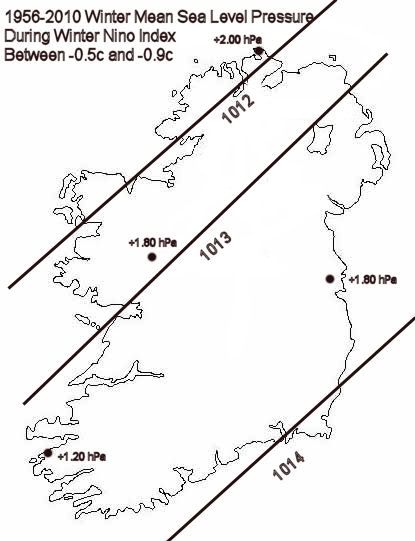Advertisement
Help Keep Boards Alive. Support us by going ad free today. See here: https://subscriptions.boards.ie/.
https://www.boards.ie/group/1878-subscribers-forum
Private Group for paid up members of Boards.ie. Join the club.
Private Group for paid up members of Boards.ie. Join the club.
Hi all, please see this major site announcement: https://www.boards.ie/discussion/2058427594/boards-ie-2026
ENSO index and the Irish Winter: An ongoing study.
-
11-10-2010 11:14AM#1
Comments
-
-
-
-
-
-
Advertisement
-
-
-
-
-
-
Advertisement
-
-
-
-
-
-
-
-
-
-
-
Advertisement
-
-
-
-
Advertisement

 )
)












 June-AugustSeptember-November
June-AugustSeptember-November





 https://www.youtube.com/watch?v=CuZPyEEYuX0
https://www.youtube.com/watch?v=CuZPyEEYuX0



